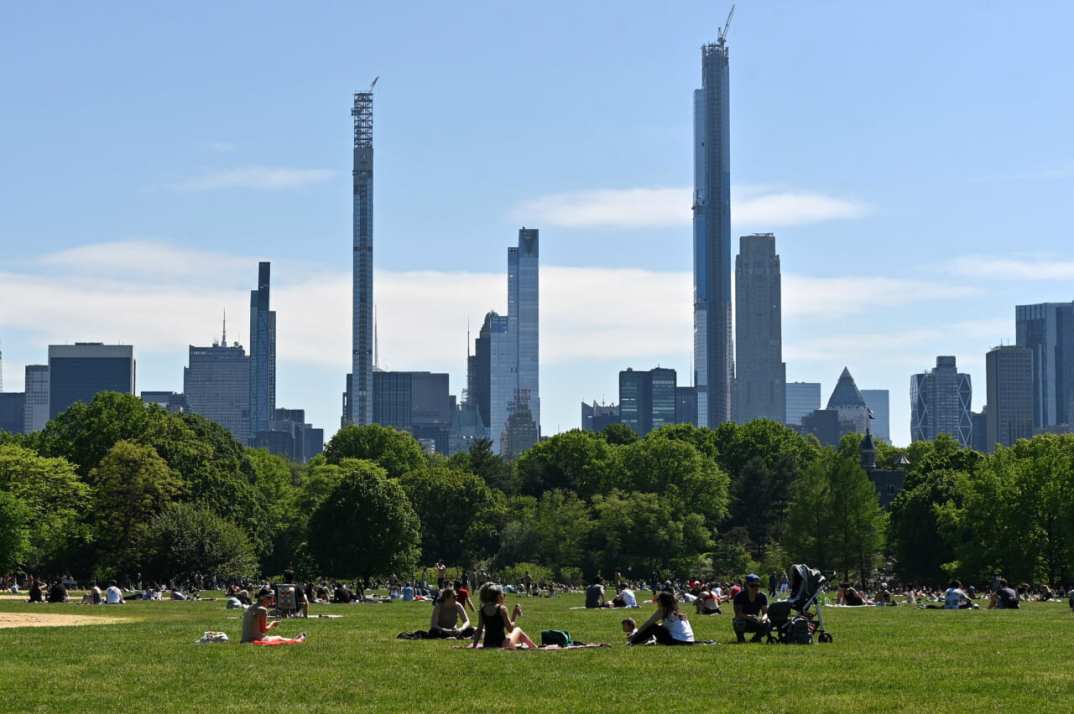Segregated parks contribute to coronavirus spread in Black, Latino communities: report
Parks in Black and Latino neighborhoods are more crowded than those in white communities, leading to coronavirus outbreaks in minority areas, a study finds

The disproportionate rate that Black Americans and Latino Americans have been affected by the coronavirus pandemic has been well documented.
Turns out, segregated parks in the country have contributed to the virus’ spread in those communities, whose members have less access to local parks than their white counterparts, according to reporting by USA Today.
A study by Trust For Public Land, a land-access advocacy group, found that parks in Black and Latino neighborhoods are half the size of those in white neighborhoods and five times more crowded.
READ MORE: Universities scramble to deal with coronavirus outbreaks
Black and Latino children are also at a higher risk of contracting COVID-19, the deadly disease caused by a novel coronavirus outbreak, according to findings by the federal Centers for Disease Control and Prevention.
With the lack of park space, cases of COVID-19 are exacerbated in those communities, due to lack of space for fresh air and opportunity for exercise. This is particularly crucial, given the fact that Black Americans are more susceptible to high blood pressure, asthma, diabetes and obesity.
READ MORE: New data confirms Black and Latino communities hit hardest by coronavirus pandemic
These aforementioned preexisting conditions make individuals more likely to be hospitalized with serious coronavirus complications.
While experts like Dr. Panagis Galiatsatos, an assistant professor of medicine at the Johns Hopkins University School of Medicine, say it’s too early to determine if there’s a definitive link to the lack of park space and contracting COVID-19, the professor hopes it helps address the segregation.
“I’m hoping that the disparities we’ve been identifying result in a commitment to resolve them,” Galiatsatos said in USA Today. “If this virus can teach us one thing, it’s that disparities are here and present. We have control over ending both the pandemic and the disparities. The pandemic will end eventually, and we will need to figure out how to remove the disparities.”
Have you subscribed to theGrio’s podcast “Dear Culture”? Download our newest episodes now!
